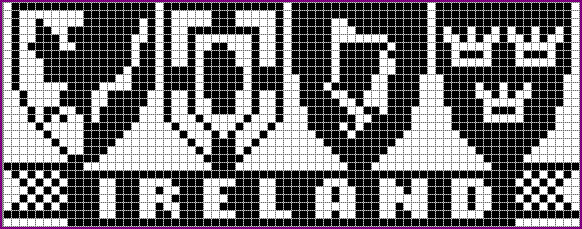This article needs additional citations for verification .(January 2017) |
OTA Bitmap (Over The Air Bitmap) was a specification designed by Nokia for black and white images for mobile phones.
Contents
- Basic format description
- The data header
- Encoding the pixels
- Putting it together
- Support in applications
- Read/write support
- See also
- References
- External links
The OTA Bitmap was defined by Nokia as part of their Smart Messaging specification, to send pictures as a series of one or more concatenated SMS text messages. The format has a maximum size of 255x255 pixels. It is very rare for an OTA bitmap to measure anything other than 72x28 pixels (for Picture Messages) or 72x14/72x13 pixels (for Operator Logos). The specification contains a byte of data to be used for indicating a multicolour image. This was to future-proof the standard, but the advent of MMS meant it never got to implementation.
